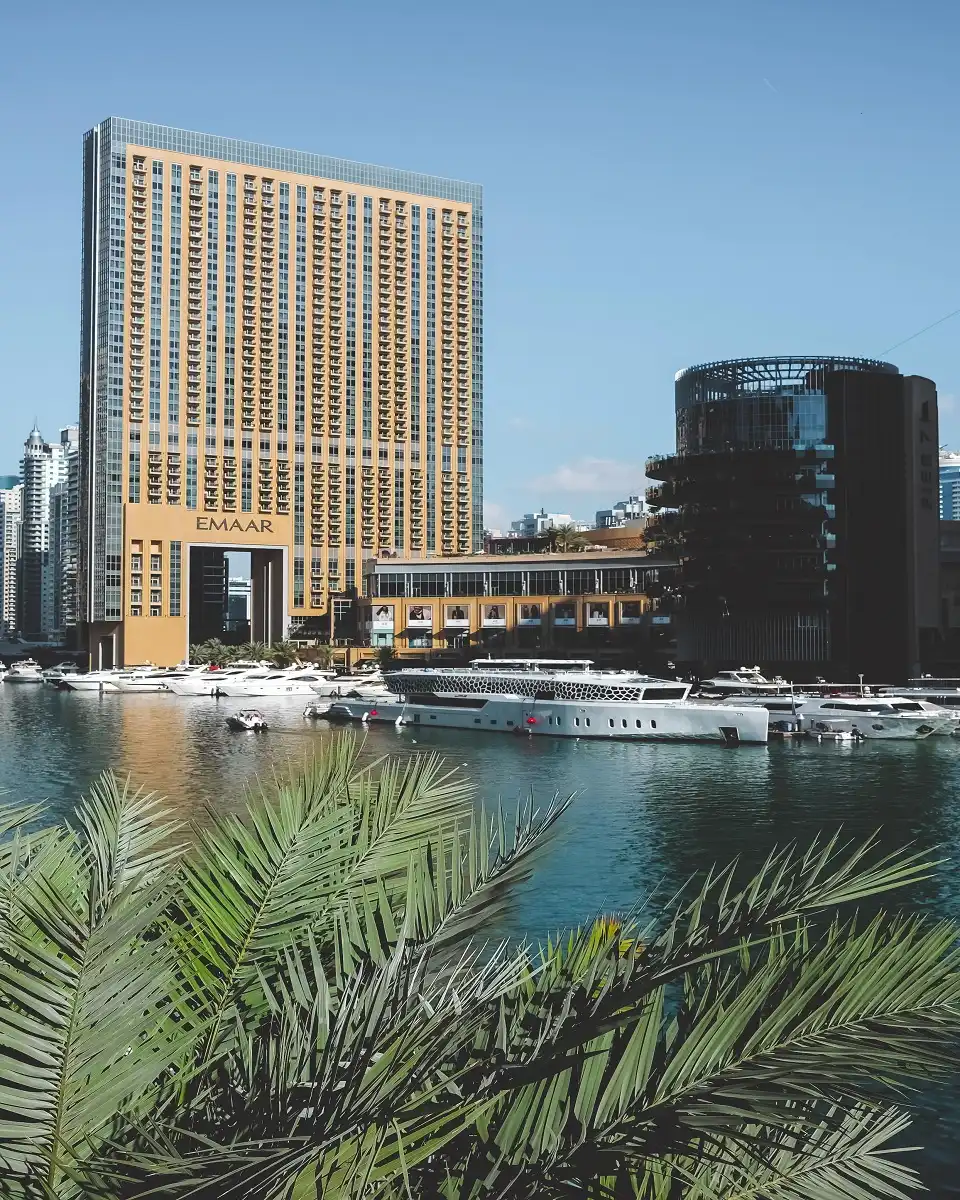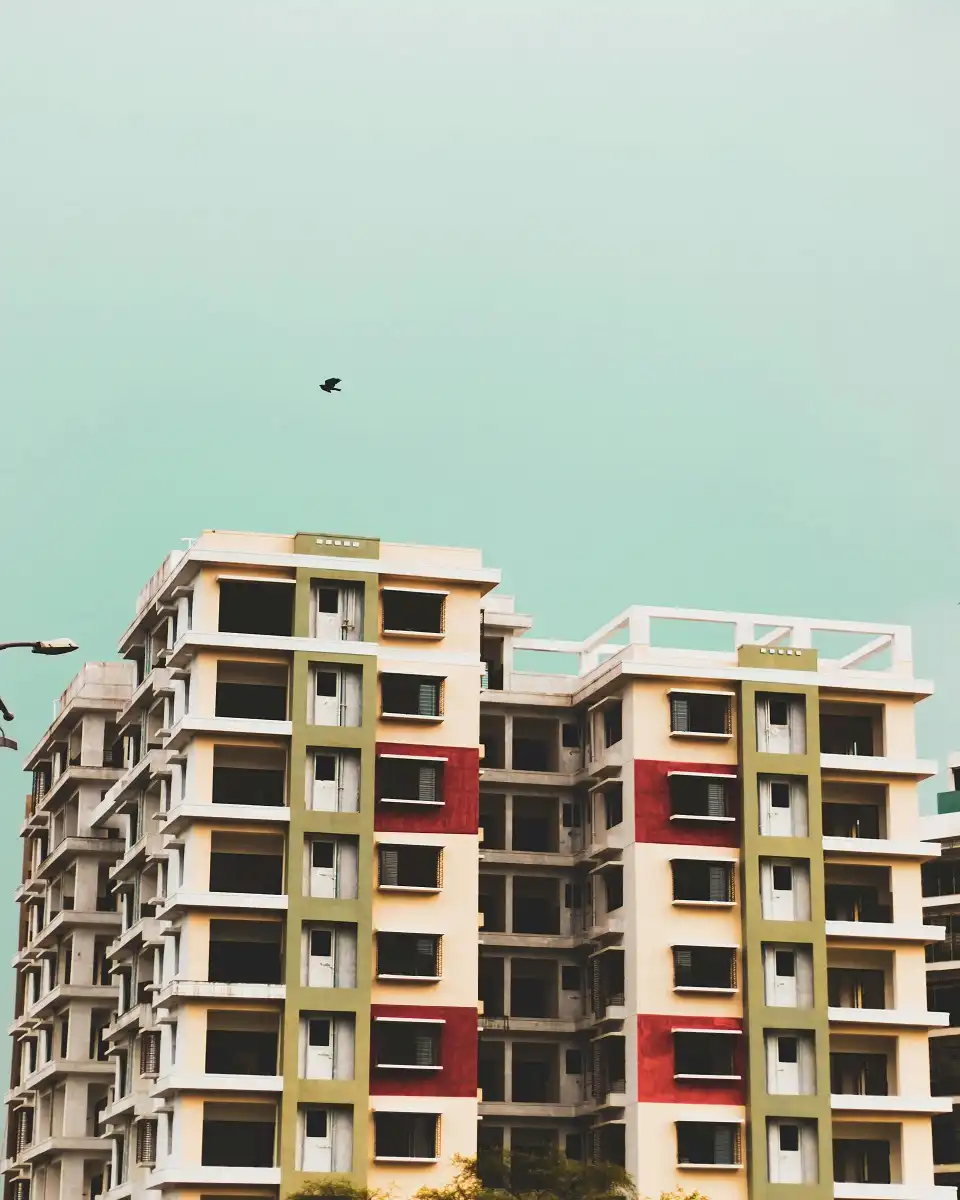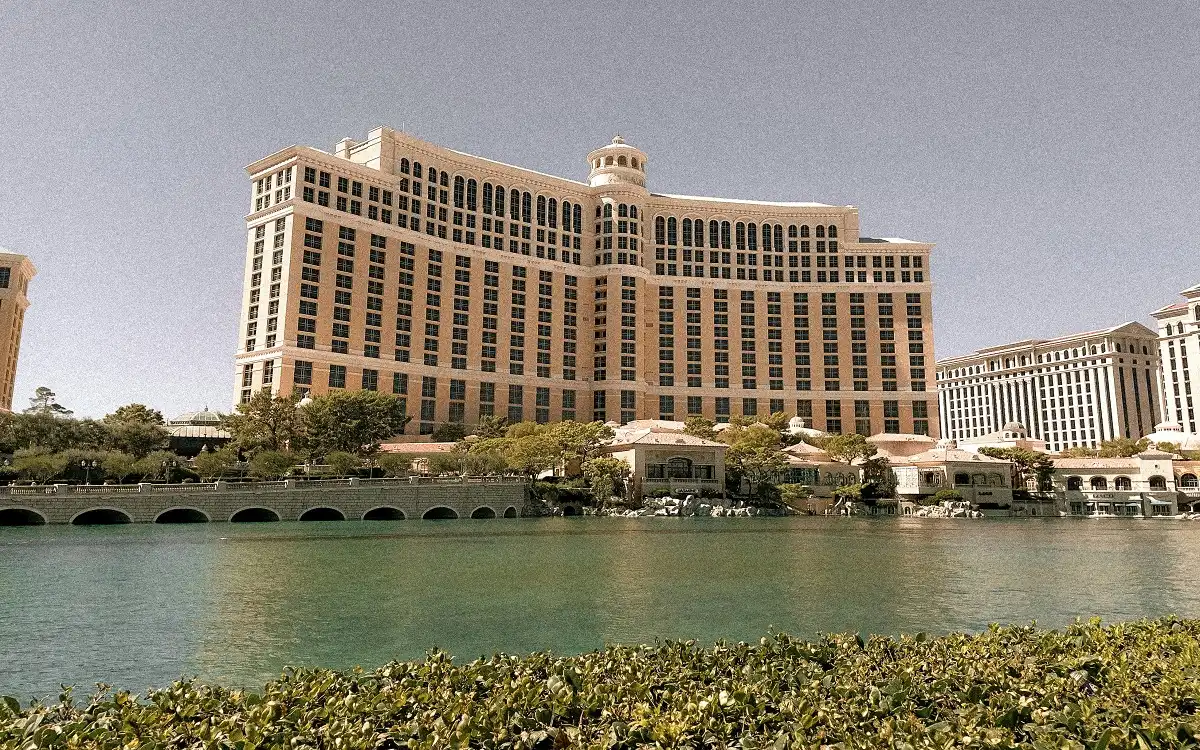Introduction
Mercy West Hospital is one of the most modern healthcare facilities in Cincinnati, Ohio. It is well known for the quality of patient care it offers and stands out for its creative use of precast concrete in the building construction. Mercy West Hospital is one of the leading healthcare facilities in the country and this advanced architectural choice has shaped the building’s visual character and performance. In this article, we will explain the reasons behind the use of precast concrete for Mercy West Hospital as well as the material’s many benefits for the patients, the community, and architectural considerations.
The Vision Behind Mercy West Hospital
Mercy West Hospital is one of the most modern replacement facilities to an older built in Cincinnati, Ohio. It is meant to cater to the rapidly expanding healthcare needs of the city. Its owners have clear goals to achieve such as energy efficiency and visual stunning design.
- Community Centerpiece: Servicing as the heart of Mercy Health Partners, it underscores the need for exceptional architecture in combination with quality patient care.
- Design Inspiration: The hospital’s façade is an homage to Ohio’s pottery with the use of creative color and texture.

Why Use Precast Concrete?
Precast concrete was chosen for Mercy West Hospital’s architecture for its beauty and strength in combination with the faceless and architectural design of the hospital.
Key Benefits of Using Precast Concrete
- Design Flexibility: The artistic and dynamic look of the hospital was achieved through the intricate and multifaceted shaped architectural precast panels.
- Quicker Process: The offsite creation of panels enabled quicker onsite installation, significantly cutting project delays as offsite disruptions and onsite interruptions during installation were minimized.
- Enhanced Thermal Performance: In large healthcare facilities, energy efficiency is vital, making insulated sandwich panels essential.
- Structural longevity: The harsh impacts of weather and fire can be mitigated due to the glass fiber reinforced precast panels, which have steel and wire mesh.
- Decreased Repair Costs: Ongoing repairs are lessened due to the durable nature of the concrete precast, resulting in reduced expenses in the long run.
Artistic Elements in Architecture
Mercy West Hospital used architectural precast concrete to creatively construct the façade which enabled the hospital to use it as a landmark feature.
- Thin Bricks: The walls were clad with a veneer of thin bricks along with over 160,000 glazed tiles in olive green and azure, interlaced with golden threads, drawing inspiration from local pottery.
- Span and Radiused wall panels: The building comprises of 19 distinct unique panel shapes which are put together in a pixel pattern, a feature that is unparalleled in hospital architecture.
- Tile Installation: The panels were pre-manufactured with the tiles which optimized the overall design and minimized labor on site.
Precast Concrete Solutions: Technical Breakdown
Mercy West Hospital’s construction focused on the use of precast concrete, showcasing its benefits in healthcare construction projects.
Construction Process Steps
- Offsite Fabrication: High Concrete Group produced the wall panels, which were installed onsite, resulting in reduced community disruption.
- Sandwich Panel Design: Each panel is made of two outer concrete layers filled with insulation, steel, and wire mesh.
- Efficient Assembly: Building site processes and occupancy were improved as a result of the quick installation of prefabricated panels.
Sustainability and Environmental Impact
Now more than at any other time, in 2025 hospitals are focused on the conservation of energy and sustainable architecture. Mercy West Hospital’s precast concrete system is a model for:
- Energy Efficiency: Insulated wall panels reduced the costs associated with heating and cooling, as well as the building’s carbon footprint.
- Resource Conservation: Controlled offsite construction reduced waste as well as emissions.
- Durable Materials: Alternative wall systems were replaced with precast concrete which improved the longevity of the materials and aided the hospital’s long-term sustainability goals.
Latest Updates: 2025 Innovations in Precast Concrete
Trends in hospital construction around the world continue to be shaped by significant advancements in precast concrete design in 2025.
- Smart Panels: Building safety is further enhanced with the addition of new embedded sensors which monitor structural health, energy use, and air quality.
- Rapid Customization: 3D modeling and advanced fabrication technologies allow customization customization for hospital like Mercy West without expensive hold-ups.
Advantages for Patients and Hospital Staff
Design decisions affect a person’s experience at Mercy West Hospital every single day.
- Quiet Interiors: Mercy West is quiet. Solid precast walls block outside noise and noise from room to room, which helps people to heal more quickly.
- Safe & Resilient Spaces: Patients and staff enjoy peace of mind, particularly for emergencies, because of the fire and storm resistance.
- Comfortable Environment: Better 3D models and constructions advanced fabrication technologies help maintain a steady temperature and enhances the working conditions for the staff.

Table: Key Features of Mercy West Hospital’s Precast Concrete Architecture
| Feature | Description | Benefits |
| Thin-brick veneer | Single-layer brick finish with embedded tiles | Artistic façade, reduced build time |
| Insulated sandwich panels | Dual concrete layers with insulation and steel reinforcement | Energy efficiency, structural integrity |
| Radiused wall panels | Curved panels in unique shapes, pixel pattern | Creative design, tradition homage |
| Offsite panel fabrication | Panels made remotely before onsite assembly | Faster build, less site disruption |
| Fire & storm resistance | Enhanced durability against disasters | Increased safety, resilience |
| Acoustic performance | Dense concrete blocks external and internal sound | Quiet, comfortable spaces |
Construction Problems and How To Fix Them
Big hospital projects like Mercy West always have problems.
Difficult Main Issues
- Tile Installation: Thousands of tiles needed to be designed and installed, which required meticulous planning and specialized skill.
- Exact Engineering: Gaps and flaws are minimzed by ensuring every panel fits perfectly and engineering every detail to reduce gaps.
- Coordination Problems: Engineers, architects, and builders need to work seamlessly together to delivery, build, and finish projects on time.
Possible Fixes
- Modeling: 3D designs ensured each tile and panel would be in their exact locations and no mistakes would be made.
- Team Effort: Mercy West Hospital’s owners, designers, and precast manufactures made sure to communicate with each other which led to meeting deadlines.

Honors and Awards
Mercy West Hospital is praised for their architecture and use of precast concrete on a national level.
- PCI Design Award Best Healthcare/Medical: Their use of precast concrete was praised greatly for the design and use of materials.
- Regional and National Influence: The award is still used as inspiration for new hospital projects in the region and for the construction industry.
Mercy West Hospital: The Bar has Been Raised
Mercy West Hospital is the only one in the industry who has precast concrete architecture integrated with the building design.
- Aesthetic: The colorful and vibrant façade of the building helps Mercy West stand out in the Cincinnati skyline.
- Performance Features: Each selection, from structural safety to energy-saving technology, aligns with the hospital’s mission and enhances patient care.
- Undying Significance: The hospital remains a resilient landmark, setting a benchmark in the architectural healthcare landscape for generations to come.
Conclusion
Mercy West Hospital demonstrates how thoughtful material choices and architectural innovations strengthen healthcare facilities and bolster a community’s landmark. Precast concrete’s integration in Mercy West Hospital’s architecture guarantees beauty, safety, and sustainability. It also inspires the future of medical architecture globally. As the sector moves toward 2025 and adapts innovations in precast technology for new hospital construction, Mercy West Hospital continues to stand as a remarkable example of architecture strengthened by creative engineering and generous planning.
For Repair and Services
1924 W Edward Ln, Milwaukee, WI 53209, United States
Phone: +14142855933
Email: [email protected]



Leave a Reply